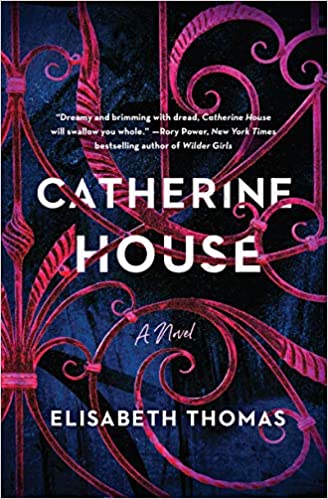Amazon Affiliate Link | Bookshop.org Affiliate Link ʼTis at last that most frightful and morbid of months, a spooky season of ghosts and ghouls, the danse macabre we raise our jaded bones to join but once each year—October is here! And not a moment too soon, because it’s time to check in on everyone’s favoriteRead More
Thais reviews Catherine House by Elisabeth Thomas
I loved this book. I loved it so much that I immediately binned the other review I had planned for this month, even though I do not have the slightest idea of how to properly describe and criticize this book. I know a lot of people hated Catherine House, so I wanted to make thisRead More
Danika reviews In the Dream House by Carmen Maria Machado
Trigger warning: This review discusses emotional abuse. I have been simultaneously excited for and dreading reading In the Dream House since I first heard of its existence. I absolutely loved Her Body and Other Parties as well as Machado’s edition of Carmilla, so those put her books on my automatic must read list. This memoir, though, is about aRead More
